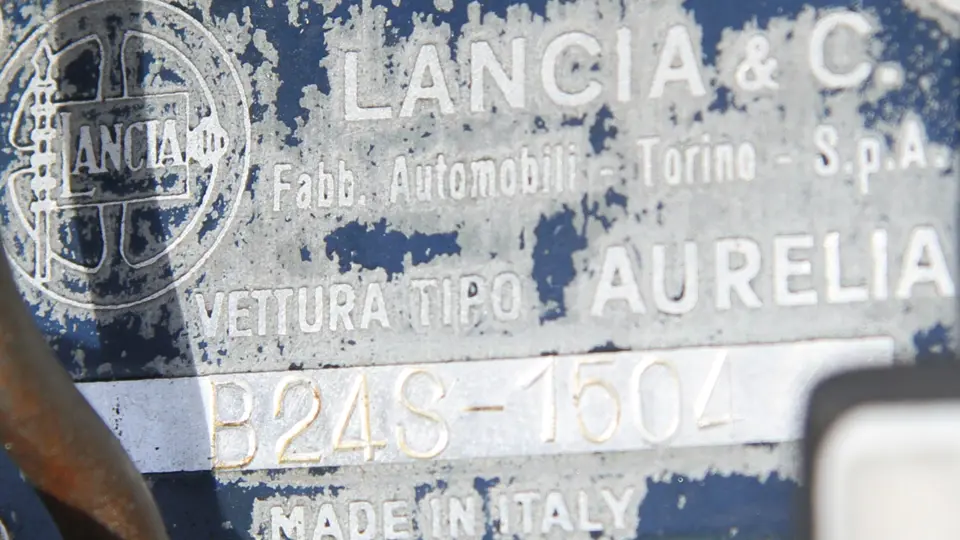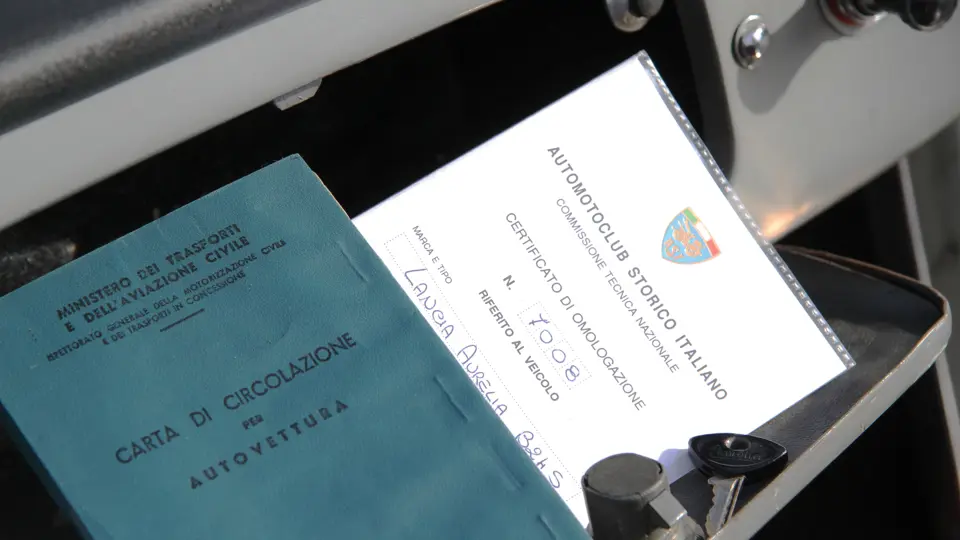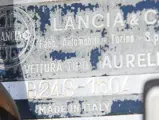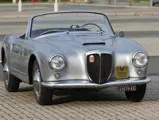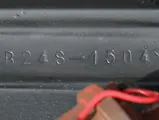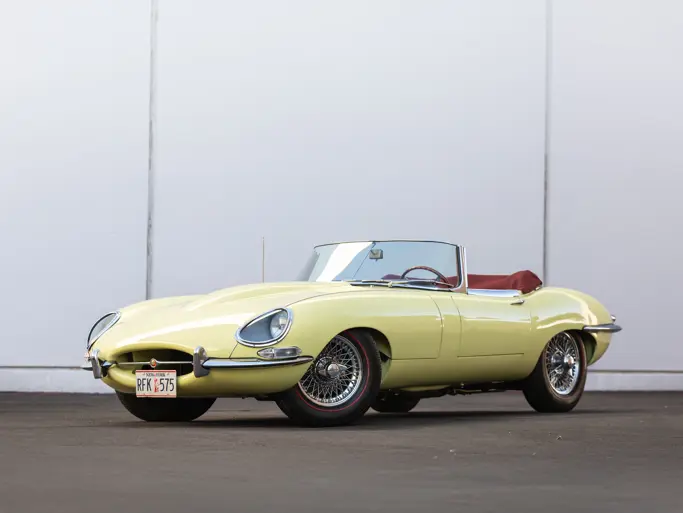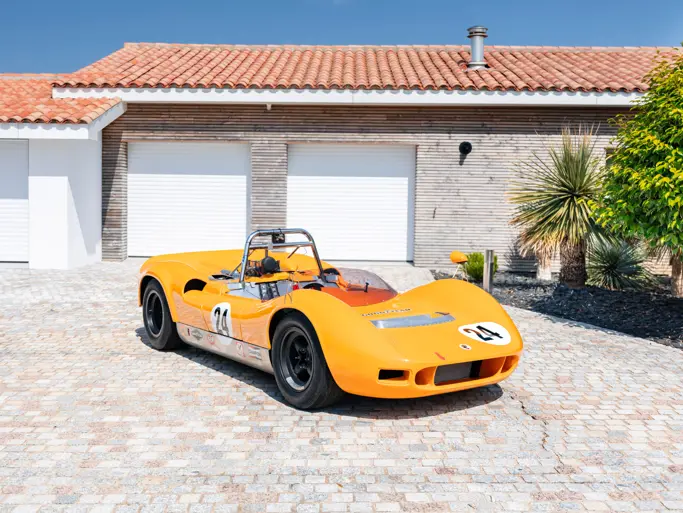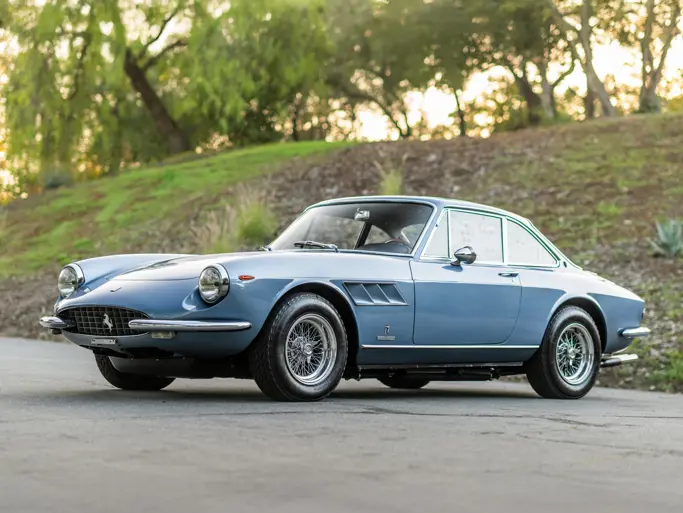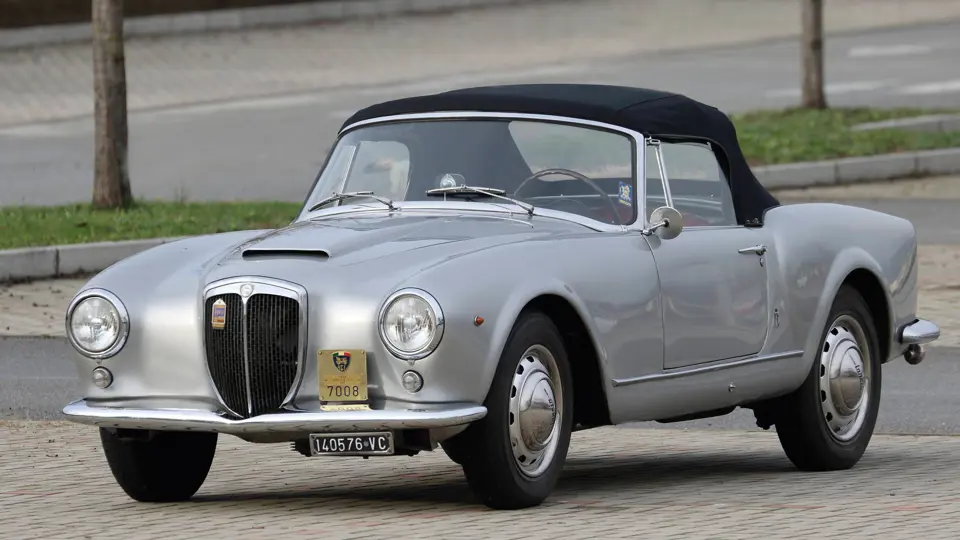
1957 Lancia Aurelia B24S Convertible by Pinin Farina
{{lr.item.text}}
€280,000 - €340,000 EUR | Not Sold
{{bidding.lot.reserveStatusFormatted}}
- One of only 521 produced
- ASI Gold Plate recipient
- Sympathetic restoration to highlight originality
- 521 exemplaires seulement
- Classée Or par l’ASI
- Sympathique restauration dans le respect de l’origine
118 bhp, 2,451 cc SOHC V-6 engine with two twin-choke Weber 40 DCL5 carburettors, four-speed manual transaxle, independent sliding-pillar front suspension, de Dion rear axle with leaf springs and shock absorbers, and four-wheel hydraulic drum brakes. Wheelbase: 2,451 mm.
Moteur V-6, 2 451 cm3, deux carburateurs double corps Weber 40 DCL5, boîte-pont manuelle à 4 rapports, suspension avant indépendante par éléments télescopiques, essieu arrière de Dion avec ressorts à lames et amortisseurs, quatre freins à tambour à commande hydraulique. Empattement: 2 450 mm
As the first Lancia to be completely produced post-war, the Aurelia needed to be something brand new. And it certainly was, beginning with the gorgeously engineered B10 and ending with the stylishly sophisticated B24 Convertible.
The Lancia Aurelia B10 debuted in 1950 and was designed from a blank slate. When Vincenzo Lancia’s son Gianni took over after his father’s death, he gave lead designer Vittorio Jano free reign to design a brand-new Lancia. With the help of engineer Francesco de Virgilio, the Aurelia B10 was born. The most stunning aspect of the car was the inclusion of the first-production V-6 engine. The Aurelia was also the first car to include radial tyres as standard equipment. Cosmetically, the B10 was beautiful. Its Pinin Farina-built body featured coach doors without a central pillar, and they opened to reveal a roomy interior.
The B10 was followed closely by the larger-engined B21 and B20 GT Coupé, both of which featured a shortened wheelbase. The B20 GT helped Lancia enter the racing world once again, as it placed only 13 minutes behind a Ferrari 340 in the 1951 Mille Miglia and took home a class win. That year also saw class wins in the 24 Hour Le Mans, Pescara 6 Hours, Coppa D’Oro Delle Dolomiti, and others. An Aurelia also took 1st, 2nd, and 3rd at the 1952 Targa Florio. Despite its remarkable sporting achievement, the Aurelia GT still had enough room to comfortably seat four passengers and their luggage, maintaining its status as the first true gran turismo.
Lancia engineers were constantly improving the Aurelia, with a new iteration released nearly every year and constant improvements occurring over the subsequent models. The B22 Saloon was released with a larger 2.5-litre engine and dual Weber carburettors. The fourth series was introduced in 1954, and at this time, the Aurelia was wholly redesigned, with the first open-topped model now available.
The fourth series shortened the wheelbase a further 20 centimetres from the GT and included the new de Dion tube suspension. For the first time, left-hand drive was made available, and these cars were marked by an “S”, for sinestra. In the same year, the B24 Spider was produced, and it was made specifically for the American market. The Spider was strikingly gorgeous and featured a wraparound panoramic windshield that was popular at the time, as well as a bumper split by the shield-like Lancia grille, and it lacked all external handles. The Spider was almost prohibitively expensive, and the car was also not practical for poor weather. With a production run lasting to only 240 cars, the Spider was well-received but couldn’t produce the numbers Lancia truly wanted.
The B24 was further improved upon during the production of the fifth and sixth series Aurelias, and this resulted in the B24 Convertible. The convertible is largely considered to be more elegant and all-around more practical, as it can be driven in foul weather. By replacing the panoramic windscreen with roll-down windows and opening front quarter lights, a durable soft-top could be added. A one-piece chrome bumper replaced the split-bumper, and the convertible was given larger doors with handles. Only 521 of the Aurelia B24 Convertibles were made, and they remain a fiercely desired car today.
The Lancia Aurelia B24S Convertible offered here is a late 1957 version that was completed on Christmas Eve of 1957, and this manufacturing date makes it just eligible for the Mille Miglia Class D. As one of the last two hundred manufactured, this sixth series convertible features improved suspension, brakes, and clutch, along with separate, more comfortable bucket seats. This Lancia is also an extremely well maintained model, and it displays the Automotoclub Storico Italiano (ASI) Gold Plate on its grille. This gold plate is validated by former ASI President Count Vittorio Zanon di Valgiurata to the highest degree, and it marks this B24S as being as original as it was when manufactured.
For most of its life, this car has remained in Biella, Italy, which is famous for the production of wool and fine textiles. For 10 years, the B24S was displayed as part of the collection of Vittoro Serventi, the founder of Auto Moto Storiche Alto Piemonte (AMSAP) and former employee of ASI. Ownership then passed to another Biella resident, who maintained the car until 2010. The B24S has recently been conservatively restored to highlight its truly original condition, and it continues to maintain its original colours inside and out. The car also retains its original components, as stated by the Lancia Register, which include the engine, gearbox, body, and suspension.
This Lancia Aurelia B24S Convertible is truly a stunning classic that looks just as it did when it rolled out of the factory, and it includes the documentation to support it. This is a beautiful example of the culmination of the Lancia Aurelia range, and it is easy to see why these cars are so sought after today.
En tant que première Lancia étudiée et produite après 1945, l’Aurelia devait être une absolue nouveauté. Ce qu’elle fut à coup sûr en commençant sous la forme de la B10 d’une excellente conception mécanique et en s’achevant avec la B24 Convertible d’une élégance raffinée.
Débutant en 1950, la Lancia Aurelia B10 fut conçue à partir de la feuille blanche. Lorsque le fils de Vincenzo Lancia, Gianni, succéda à son père, il donna carte blanche à son ingénieur en chef, Vittorio Jano, pour l’étude d’une toute nouvelle Lancia. Aidé par l’ingénieur Francesco de Virgilio, son Aurelia B10 répondit aux attentes. L’aspect le plus étonnant de cette voiture fut le choix du premier moteur V6 produit en grande série. L’Aurelia fut aussi la première voiture de série équipée d’origine de pneus radiaux. Sur le plan du style, la B10 était une belle automobile et sa carrosserie construite par Pinin Farina fut dotée de portes ouvrant en opposition sans montant central pour donnert accès à un intérieur spacieux.
La B10 fut bientôt suivie par la B21 et le coupé B20 GT d’une cylindrée supérieure, mais bénéficiant d’un empattement réduit. La B20 GT aida Lancia à reparaître brillamment en compétition en se plaçant à 13 minutes seulement d’une Ferrari 340 à la Mille Miglia 1951 et en remportant sa catégorie. Cette même année apporta aussi des victoires de catégorie aux 24 Heures du Mans, aux 6 Heures de Pescara, à la Coppa d’Oro Delle Dolomiti, entre autres. Les Aurelia prirent aussi les trois premières places de la Targa Florio 1952. Outre ces brillants résultats sportifs, l’Aurelia GT offrait assez d’espace et de confort pour accueillir quatre personnes et leurs bagages en assumant pleinement son statut de première véritable gran turismo moderne.
Les ingénieurs ne cessèrent de perfectionner l’Aurelia en présentant presque chaque année une nouvelle version et en introduisant constamment des améliorations. La berline B22 bénéficia d’un moteur porté à 2 500 cm3 et de deux carburateurs Weber. La quatrième série fut introduite en 1954 et l’Aurelia fut totalement refondue lorsque fut proposé le modèle décapotable.
La quatrième série reçut un empattement raccourci de 20 cm par rapport à la GT et un essieu tubulaire de Dion. Pour la première fois, la direction à gauche fut proposée en option et ces voitures reçurent le suffixe « S » pour sinistra (gauche). La même année, la B24 Spider apparut à l’intention du marché américain. Extraordinairement séduisante, la Spider fut munie d’un pare-brise enveloppant très à la mode à l’époque et d’un pare-chocs interrompu par une calandre Lancia en forme d’écu, mais dépourvue de poignées de porte extérieures. La Spider, déjà proposée à un prix presque prohibitif, se révéla assez impraticable par mauvais temps. Avec un volume de production qui se limita à 240 exemplaires, la B24 Spider quoique bien accueillie n’atteignit pas les objectifs qui s’était fixés son constructeur.
Avec les Aurelia cinquième et sixième séries, la B24 fut révisée et améliorée sous la forme de la B24 Convertible (décapotable). Le cabriolet est généralement jugé plus élégant et bien plus utilisable que la Spider notamment en cas de mauvais temps. En remplaçant les retours de pare-brise panoramique par des glaces latérales montantes et des déflecteurs pivotants, une capote normale put être adoptée. Un pare-chocs en une seule pièce remplaça le pare-chocs en deux parties et le cabriolet bénéficia de portes agrandies et munies de poignées extérieures. Lancia ne produisit que 521 Aurelia B24 Convertible et ce modèle est de ce fait extrêmement recherché de nos jours.
La Lancia Aurelia B24 Convertible proposée ici est une version de fin 1957 achevé la veille de Noël de cette année-là et cette date la rend tout juste éligible pour disputer la Mille Miglai en Classe D. Une des 200 dernières voitures produites, ce cabriolet sixième série bénéficie d’une meilleure suspension, de freins et d’un embrayage améliorés ainsi que de sièges baquets séparés plus confortables. Cette Lancia est aussi une voiture très bien entretenue qui arbore sur sa calandre l’insigne en or de l’Automotoclub Storico Italiano (ASI). Cette plaquette dorée décernée par le président de l’ASI, le comte Vittorio Zanon di Valgiurata aux voitures d’extrême qualité, indique que cette B24 S est aussi conforme au type original qu’elle le fut à sa sortie d’usine.
Pendant la plus grande partie de sa vie, la voiture est restée à Biella, Italie, ville célèbre pour la qualité de ses laines et de ses textiles. Pendant dix ans, la B24 S a figuré dans la collection de Vittorio Serventi, fondateur d’Auto Moto Storiche Alto Piemonte (AMSAP) et ancien employé de l’ASI. Elle devint ensuite la propriété d’un autre habitant de Biella qui la conserva jusqu’en 2010. La B24 S a été récemment restaurée à titre conservatoire afin de mettre en valeur son exceptionnel état d’origine car elle a gardé ses teintes originales extérieure et intérieure. La voiture possède toujours ses organes d’origine, comme en témoigne le Registre Lancia, dont son moteur, sa boîte de vitesses, sa caisse et ses suspensions.
Cette Lancia Aurelia B24 S Convertible apparaît comme une étonnante classique qui semble sortir d’usine, accompagnée de toute la documentation qui le prouve. Ce magnifique exemplaire de l’apogée de la gamme Lancia Aurelia explique pourquoi ces voitures sont si recherchées aujourd’hui.





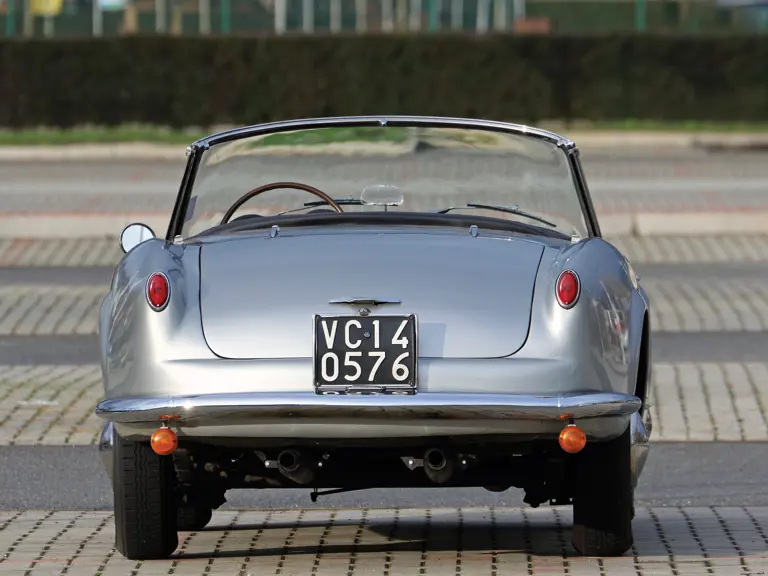
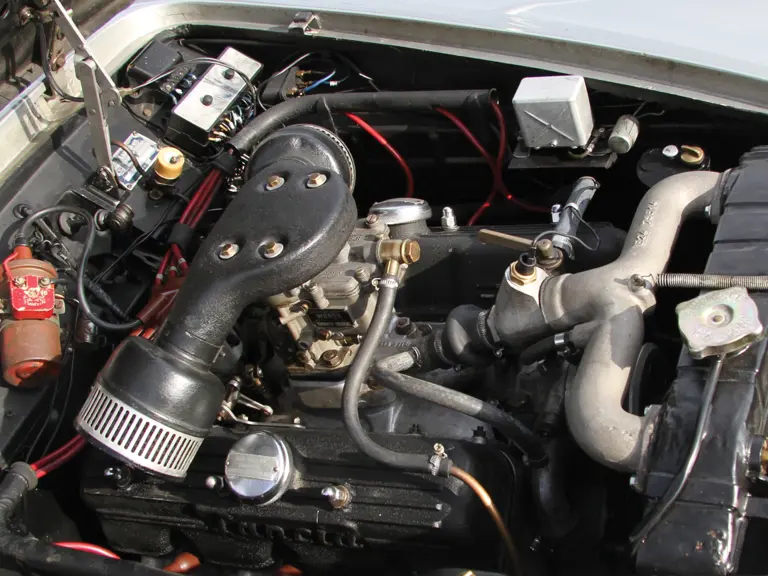
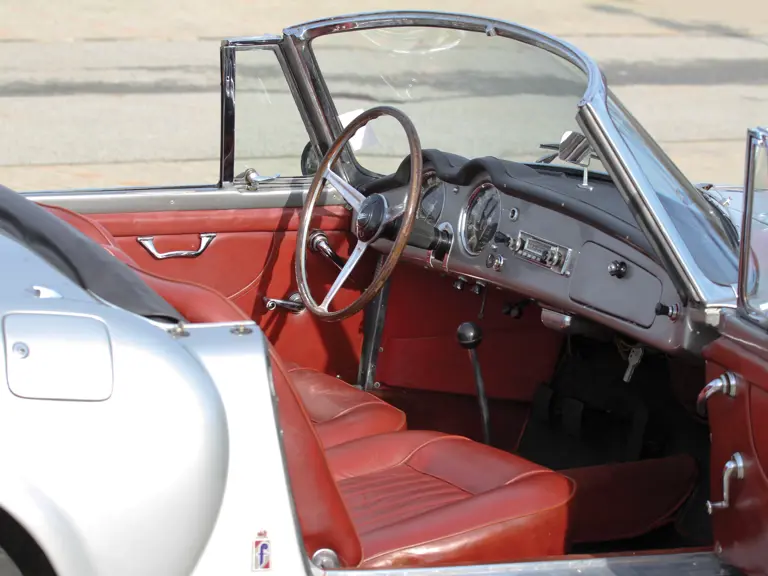
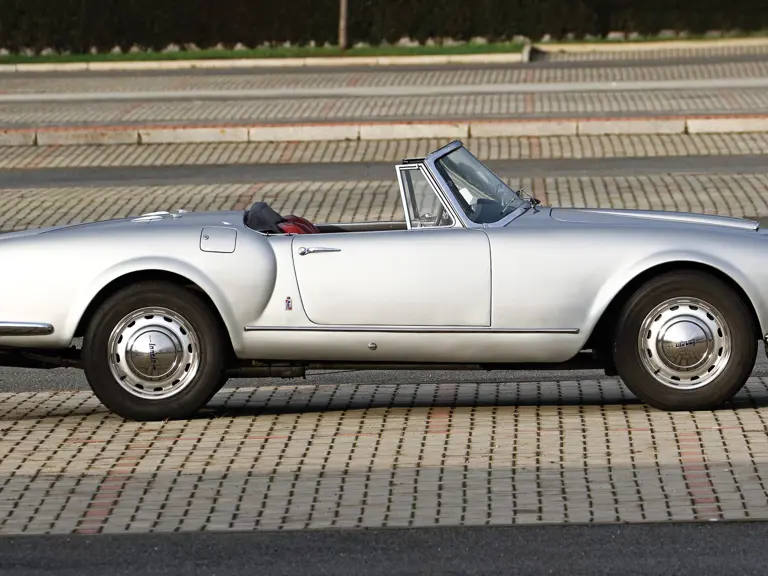
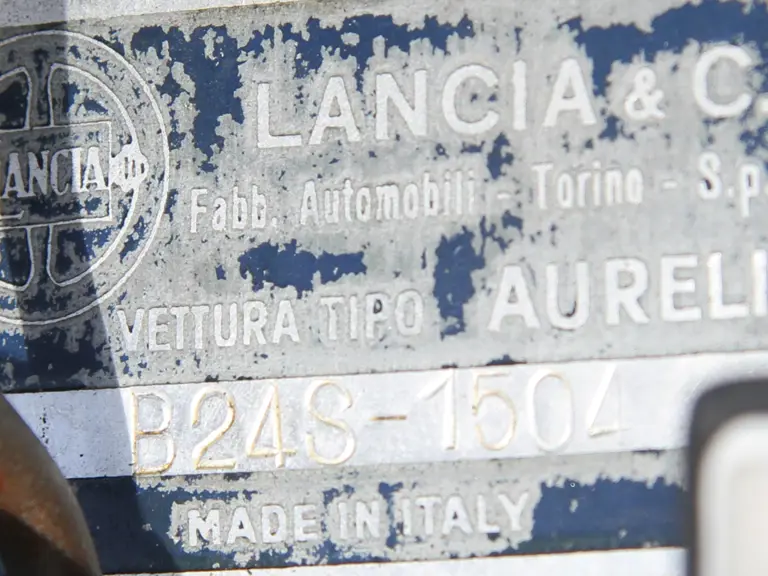


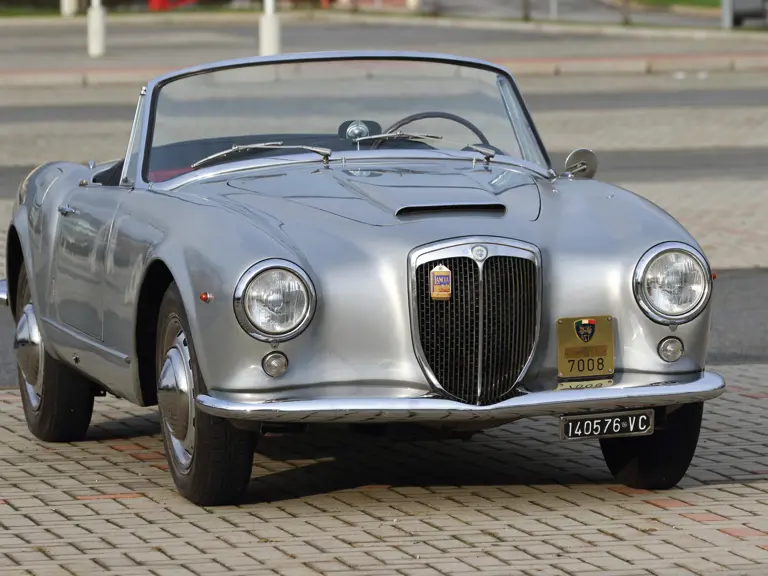
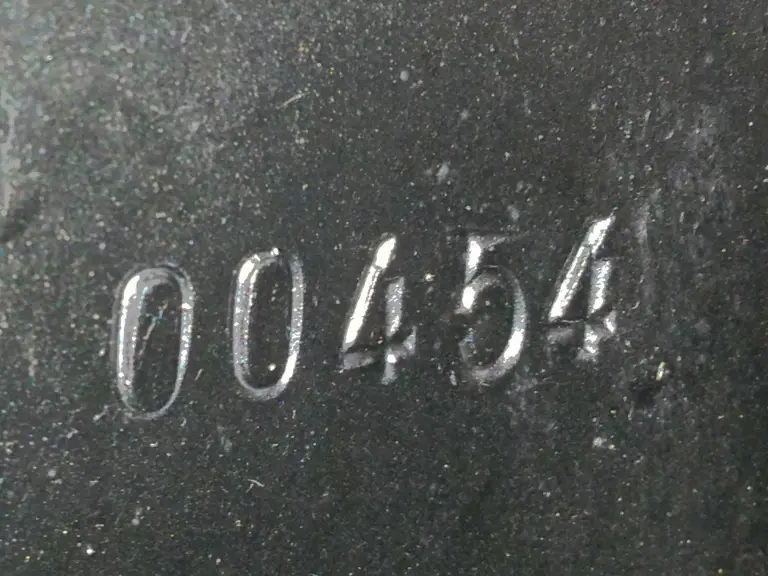

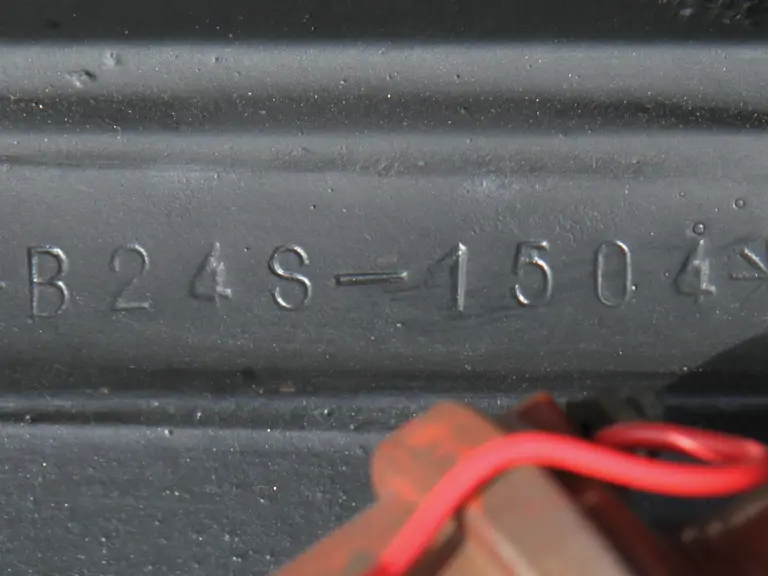


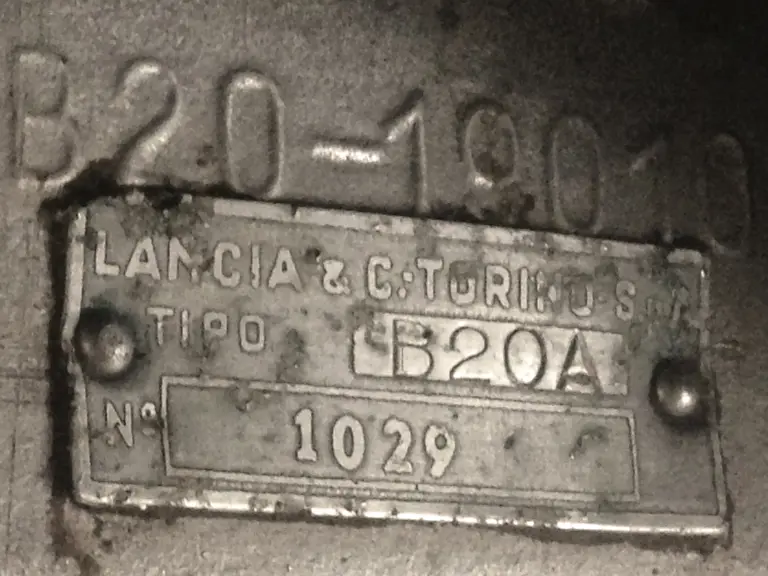
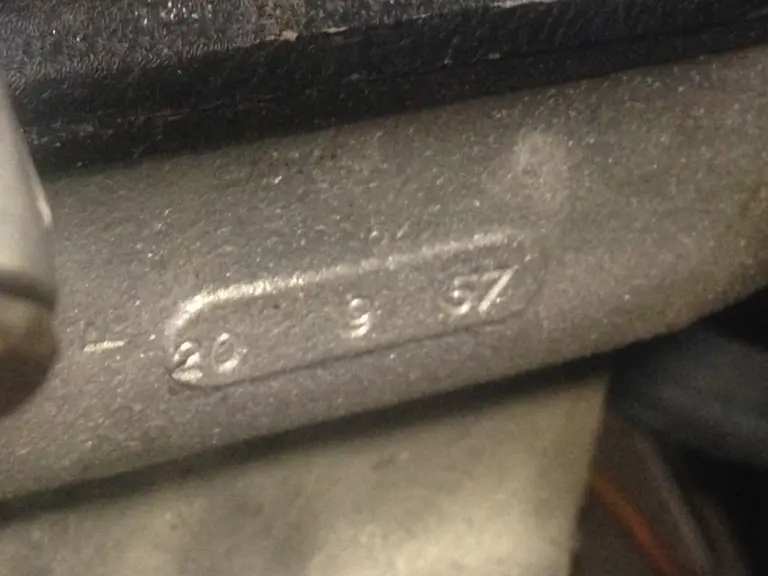
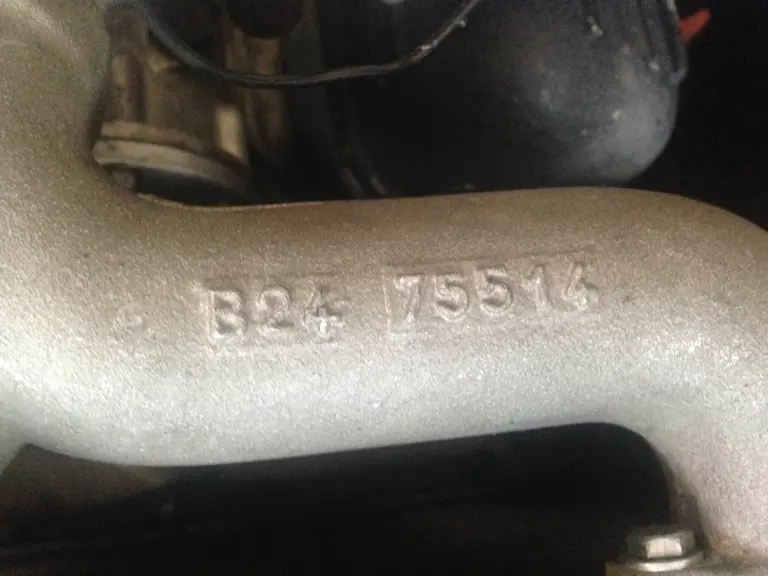

 | Paris, France
| Paris, France

